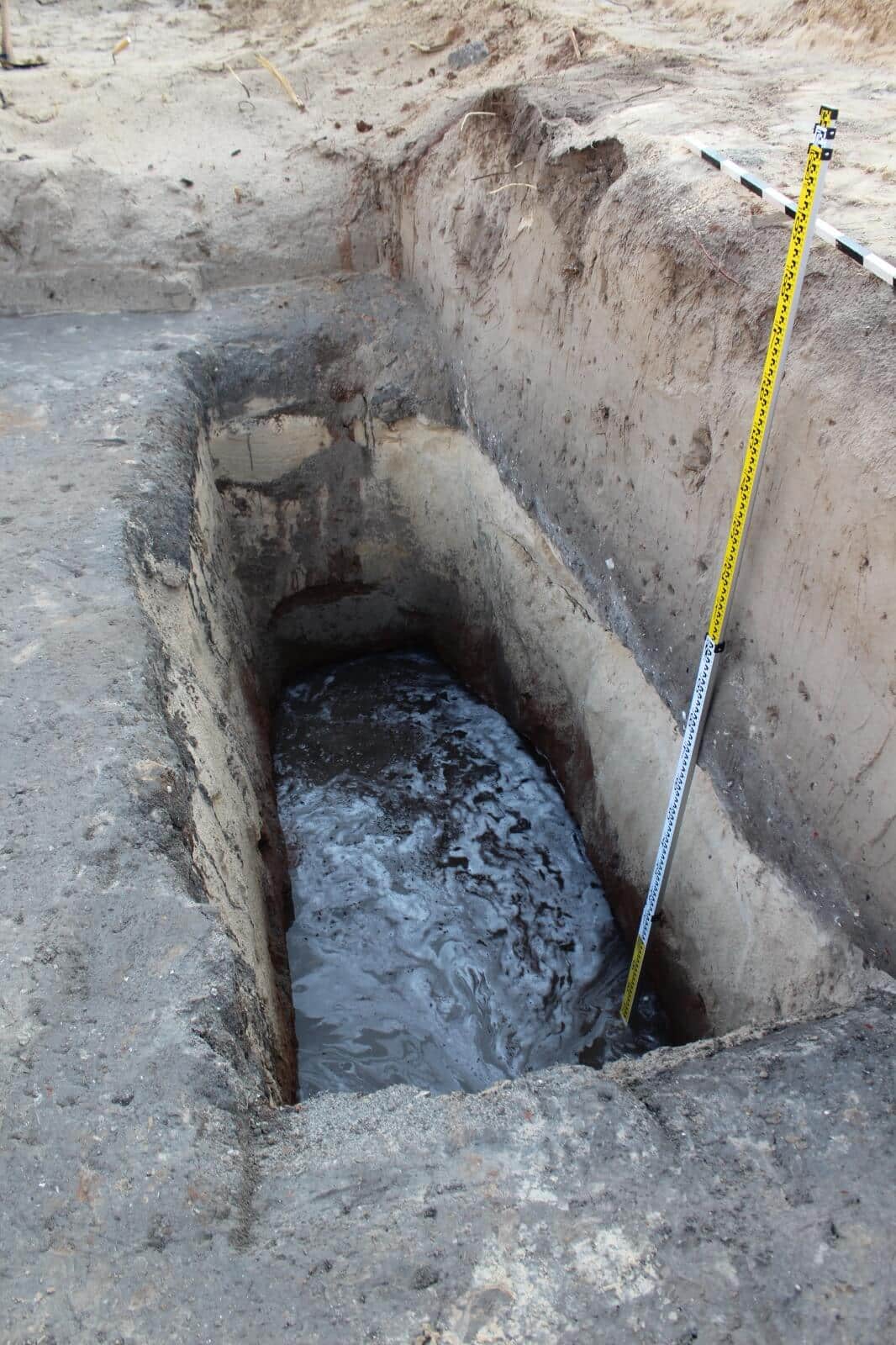The system from the tenth century AD, in the Islamic period is the first significant development of agriculture in the sand in human history

The research project managed by Prof. Yoel Raskin from the Department of Geography and Environment at Bar-Ilan University and Dr. Itamar Taksel from the field of research and specializations at the Antiquities Authority, in collaboration with researchers from the University of Haifa and the Geological Institute, and funded by the Gerda Henkel Stiftung and the Israel Science Foundation, Included archaeological, geomorphological, geographic in GIS, chronological and historical research of a unique type of agricultural plots. The researchers estimate that the agricultural plots found (defined as the "Plot-and-Berm" agroecosystem) in the sands of Caesarea are the first development of sand agriculture in human history.
"According to the findings of our research," say Prof. Raskin and Dr. Taksel, "this agricultural method was developed on the coastal plain of the Land of Israel in the later part of the early Islamic period, at the end of the Abbasid period or the Fatimid period (around the 10th century CE). Since we found no evidence of significant agriculture in the sand, all over the world, before this system, we suggest that this system is the first significant development of agriculture in the sand in human history."
The archaeological project included an archaeological survey and three excavation seasons between 2022-2020, which were conducted within the largest and best-preserved agricultural system of its kind, which extends south of ancient Caesarea and was part of the city's agricultural hinterland during the period in question. The current excavations are the first to be conducted in this area since the pioneering excavation of Yosef (Sefi) Porat, of the Antiquities Authority, in the area in 1974-1973. That's when the area in question was identified for the first time as an array of sunken agricultural plots ("Caesarea Gardens") and dated according to the finds of pottery and coins to the early Islamic period. These agricultural plots were established in the sand fields of low dunes adjacent to the seashore, and included the removal of the natural sand layer until the agricultural level was stabilized about a meter above the fresh ground water level. The surface of the plots and embankments was mixed with a large amount of rubble material (which includes fragments of pottery and glass, coins and other finds, the vast majority of which date from the early Islamic period, in order to create a dark gray sandy soil (anthrosol - we mean soil that originates from human activity) to turn the blown sand into soil Poria absorbs rainwater and perhaps irrigation water produced from shallow wells (about 1 m deep) dug to the nearby groundwater, and stabilizes the face of the embankments from drifting by water and wind. The exact preservation of the embankments to this day and the durability of the embankments over a thousand years of storms also indicates the development of an impressive method of the Hendos Holt.
According to the current study, it was found that the system included about 370 sunken plots, rectangular in shape and with an average area of about 2 dunams, as well as built elements that included storage buildings and temporary residences for the agricultural workers, observation and control buildings (including the remains of a small, solid tower built on top of an artificial mound built from layers of anthrasols in the center of an agricultural plot), and kilns for lime production. "The large area (over 1.5 square kilometers) of the agricultural system indicates the large investment in its establishment and maintenance. According to the estimation and calculation of the volumes of sand that were mixed, we estimate that the system was built on the basis of about a million working days! We estimate that the agricultural system was established by a governmental initiative, but at this stage it is not possible to indicate the motives for this, nor to identify the nature of the agricultural activity (including the types of crops) that took place in the systems in question. Apparently, fruit trees and vines were not grown here, but more seasonal crops such as vegetables" explain Prof. Raskin and Dr. Texel. Today the research deals, among other things, with the properties of the ancient soils and in the future there is a plan to modernize this traditional agriculture as ecological-community gardens.
Last month, a three-day international workshop was held at Bar-Ilan University in which the findings of the research were presented, including a tour of the field together with lectures on similar studies in the world and on transgenic agricultural systems and other traditional water harvesting methods in the Mediterranean basin, the Iberian Peninsula and the Middle East. In the workshop, the researchers discussed various research gaps such as the types of crops and the motivation to invest resources to prepare agricultural areas for the first time in the deserts. "We believe that our research may contribute significantly to knowledge about the economy and agriculture in the Eastern Mediterranean during ancient times to the beginning of modern times, and the research conclusions may even be relevant to contemporary agricultural projects that focus on sustainability and human-environment relations", Raskin and Texel conclude.
More of the topic in Hayadan:
- Snorkeled in the Carmel beach area and discovered a knight's sword, about 900 years old
- Two shipwrecks were uncovered in Caesarea
- A cache of rare gold coins and a 900-year-old gold earring were discovered in the port of Caesarea
- Divers discovered ancient, spectacular and important shipwreck cargo in the port of Caesarea
